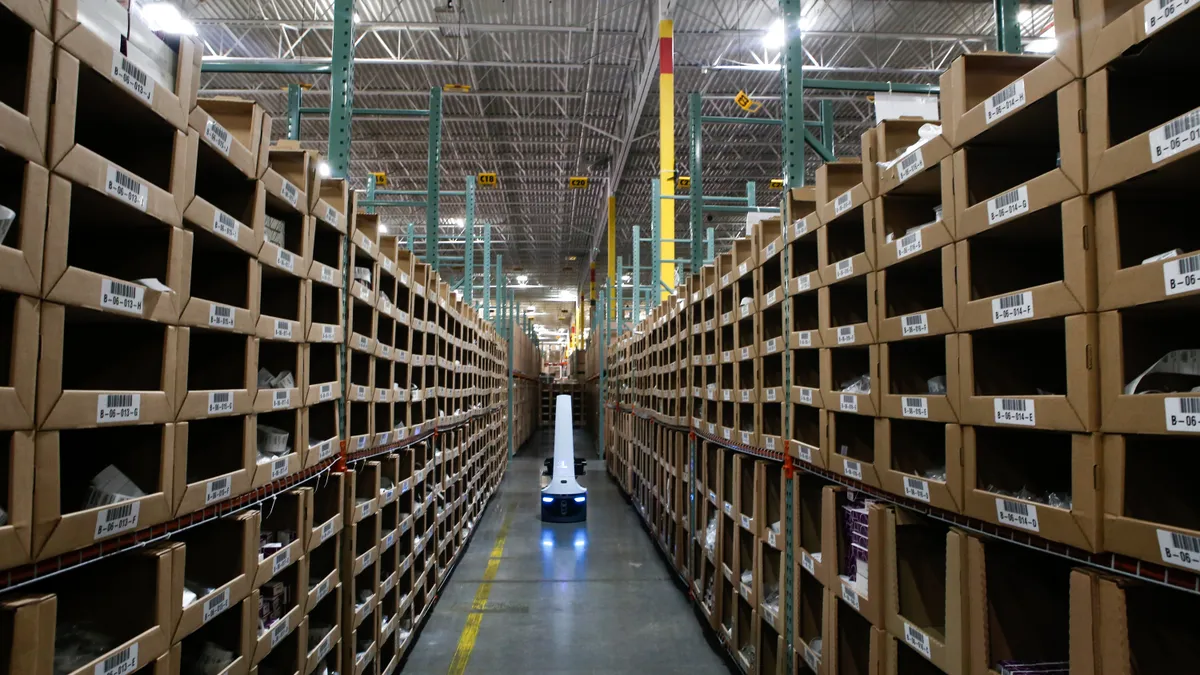Dive Brief:
- The coming years will continue to hit some industries hard or see large spikes in demand, but as 2020 rings in the next decade AI is expected to be a positive job motivator, set to hit two million net-new jobs by 2025, according to Gartner. Job displacement from automation will certainly cause some turbulence, but AI augmentation — where humans and AI complement and serve one another — will benefit many workers.
- By 2022, around 20% of workers will rely on AI to complete non-routine tasks, such as picking the most important emails in an inbox, reports Gartner. And in 2021, AI augmentation will reduce costs and improve productivity so much that it is expected to recover 6.2 billion hours of productivity and add $2.9 trillion in business value.
- With so much potential to affect the American economy, lawmakers are paying more attention. Senator Maria Cantwell (D-WA) recently submitted a bill for the creation of the Federal Advisory Committee on the Development and Implementation of Artificial Intelligence to understand and prepare for AI development so it is best optimized in the U.S. The committee will be comprised of voting members from related committees, such as Commerce, Science and Transportation, and nonvoting members from various federal agencies.
Today I introduced a bipartisan bill with @SenToddYoung @SenMarkey @RepJohnDelaney @RepPeteOlson to further understand and promote development of artificial intelligence and drive economic opportunity https://t.co/FqlkNA4doJ
— Sen. Maria Cantwell (@SenatorCantwell) December 12, 2017
Dive Insight:
Like any new technology, the initial integration of AI into business models will certainly cause disruption. But so too did the internet many years ago and the cloud more recently. AI is not going anywhere, and companies trying to maintain the status quo instead of figuring out how to adapt to the future will feel the effects farther down the road.
Figuring out how to retain many workers across a business without letting them go won't be easy, but it's not impossible. Amazon, for example, has already integrated automated machines into its warehouses while finding new roles for displaced workers or retraining them to oversee the machines.
But job loss is still set to happen. Though the loss of 1.8 million jobs from AI will be offset by the creation of 2.3 million jobs by 2020, the loss of those jobs is not made any easier, especially when they significantly impact unskilled labor and adult workers.
These effects are already putting bottom-up pressures on elected officials, several of whom have expressed concerns on worker displacement to AI experts in congressional committees already. Yet most experts maintain that the government should not enforce heavy-handed regulation upon the technology, which still has so much room to develop and evolve.
Sen. Cantwell's proposed committee, or another one like it, could benefit the industry by affording politicians a holistic view of the technology and its economic promise in spite of initial disruption.












